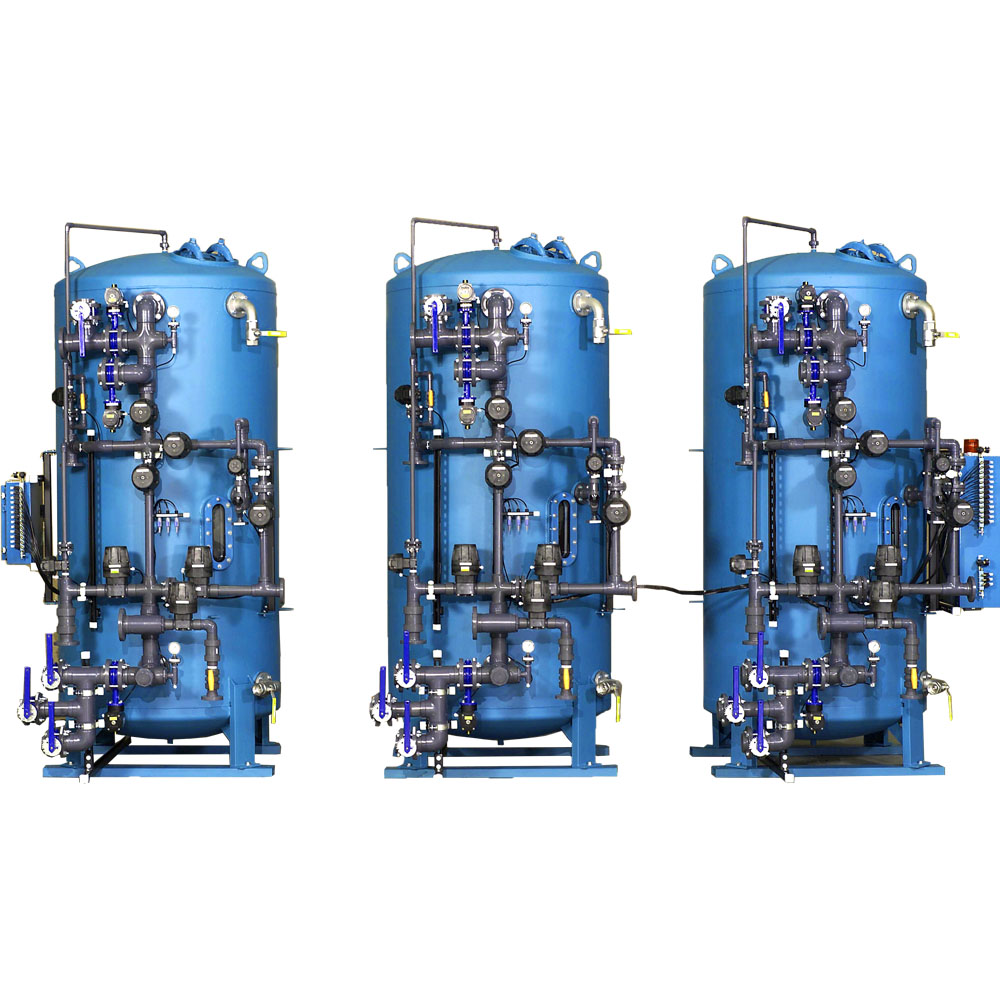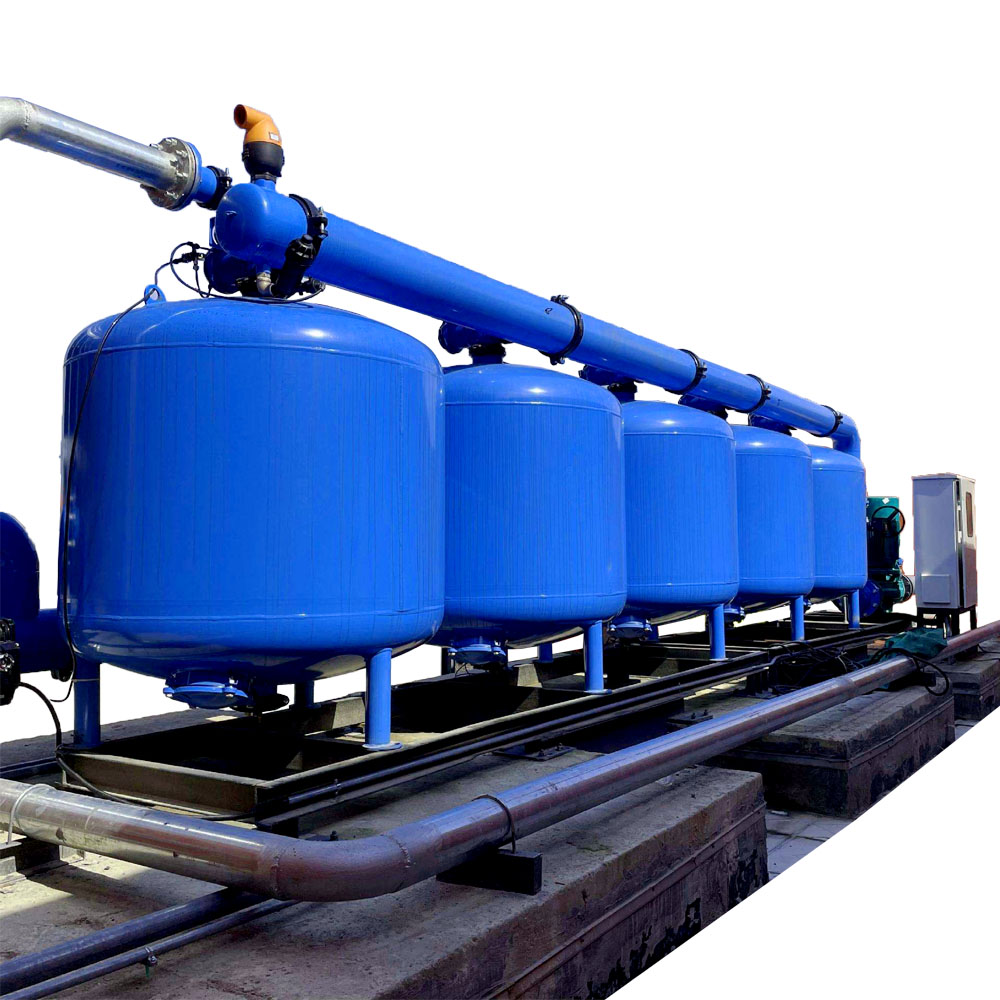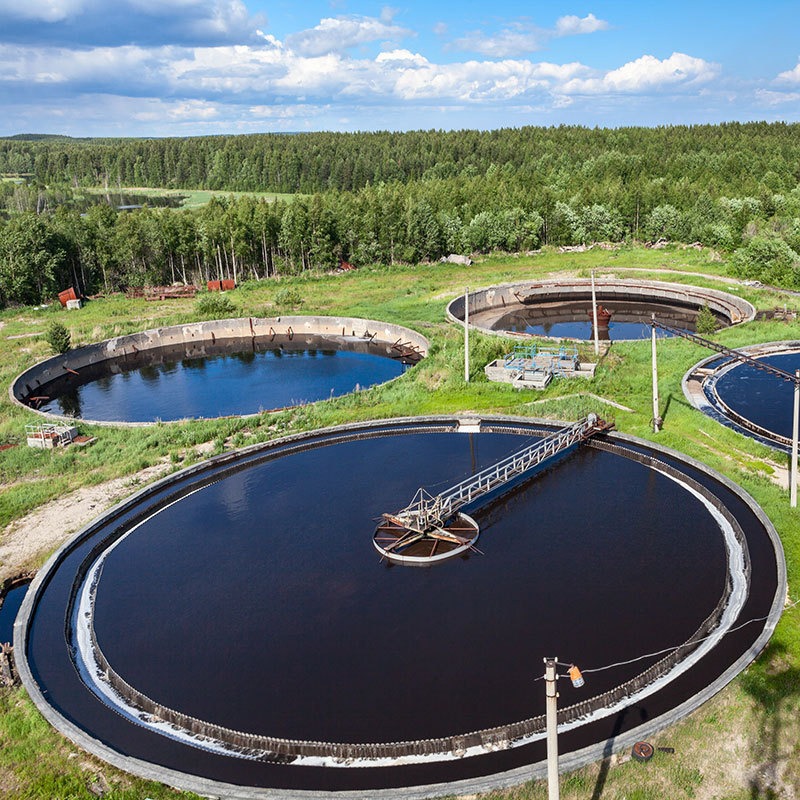- The sources are generally: 1) water for washing plated parts; 2) waste electroplating solution; 3) other wastewater, including water for washing workshop floors, water for washing plates, condensed water from ventilation equipment, and various tank liquids and drainage caused by “running, bubbling, dripping, and leaking” due to leakage of plating tanks or improper operation and management; 4) equipment cooling water, which is not polluted except for the increase in temperature during use; 5) metal surface treatment: metal surface treatment includes cleaning before surface treatment, electroplating, passivation film protection, machining and coating covering, etc., mainly electroplating.
2. Classification of electroplating wastewater based on pollutant composition and process linksIt can be mainly divided into three categories. 1). Chromium-containing wastewater: mainly hexavalent chromium (Cr⁶⁺), which is highly toxic and carcinogenic. It needs to be converted into low-toxic trivalent chromium (Cr³⁺) through chemical reduction (such as sodium sulfite), and then removed by precipitation. 2). Cyanide-containing wastewater: mainly comes from cyanide copper plating, gold plating and other processes, and contains highly toxic cyanide (CN⁻). The toxicity needs to be decomposed by alkaline chlorination or electrolysis, and the cyanide concentration after treatment must strictly meet the standard. 3). Heavy metal mixed wastewater:This includes wastewater containing nickel, copper, zinc, etc. This type of wastewater is often treated by chemical precipitation, ion exchange or membrane separation technology, such as adding heavy metal capture agents to achieve flocculation precipitation.
3. How to treat electroplating wastewater?
1) The air flotation method uses a high-pressure water pump to pressurize water and then inject it into the dissolving tank to form dissolved air water. When the dissolved air water enters the pool, the air dissolved in the water will form a large number of microbubbles due to the sudden decrease in pressure. These microbubbles adhere to the condensed matter in the electroplating wastewater, and float to the surface of the water to form scum due to their relative density less than that of water, thereby purifying the wastewater. The solid-liquid separation technology of the air flotation method has strong adaptability and can treat chromium plating wastewater, chromium-containing passivation wastewater and mixed wastewater. It can not only remove heavy metal hydroxides, but also other suspended matter, emulsified oil, surfactants, etc. The principle of the air flotation method for treating chromium plating wastewater is: ferrous sulfate and hexavalent chromium undergo redox reaction under acidic conditions, and then produce floccules under alkaline conditions, and the floccules float to the surface of the water under the action of countless fine bubbles, making the water clear.
2) Ion exchange method The ion exchange method mainly utilizes the exchange ions in the ion exchange resin to exchange with certain ions in the electroplating wastewater to remove them and purify the wastewater.
After treatment, the water can meet the discharge standard, and the effluent quality is good, and it can generally be recycled. The regenerated eluent after the resin exchange adsorption is saturated can be returned to the plating tank after the electroplating process composition is adjusted and purified, basically realizing a closed-loop cycle. In addition, the ion exchange method can also be used to treat wastewater containing copper, zinc, gold, etc.
3) Electrolysis The electrolysis method mainly involves the oxidation and reduction of harmful substances in wastewater at the positive and negative electrodes through the electrolysis process, and then converting them into harmless substances; or using the electrode oxidation and reduction products to react chemically with harmful substances in wastewater to generate water-insoluble precipitates, which are then separated and removed or metals are recovered through electrolysis. The electrolysis method recovers heavy metals through electrolysis and is often used for electroplating wastewater treatment with high or single precious metal content. When treating Cr(VI), the ferrous ions produced by the dissolution of the iron anode can reduce Cr(VI) to Cr(III) under acidic conditions, and Cr(VI) is directly reduced to Cr(III) at the cathode. However, this method consumes a lot of electricity and steel, so it is rarely used.
4. Electroplating wastewater treatment process:
①Tap water—-water pump—-multi-media filter—-activated carbon filter—-automatic dosing device—-security filter—-high-pressure pump—-first-stage reverse osmosis—-intermediate water tank—-high-pressure pump—-second-stage reverse osmosis—-pure water tank—-new process for pure water pump
② Rinse water—-water tank—-water pump—-multi-media filter—-security filter—-ultrafiltration—-electroplating solution recovery barrel
③ Rinse water—-water tank—-water pump—-multi-media filter—-security filter—-ultrafiltration—-electroplating solution recovery tank—-high pressure pump—-reverse osmosis—-cleaning water tank






